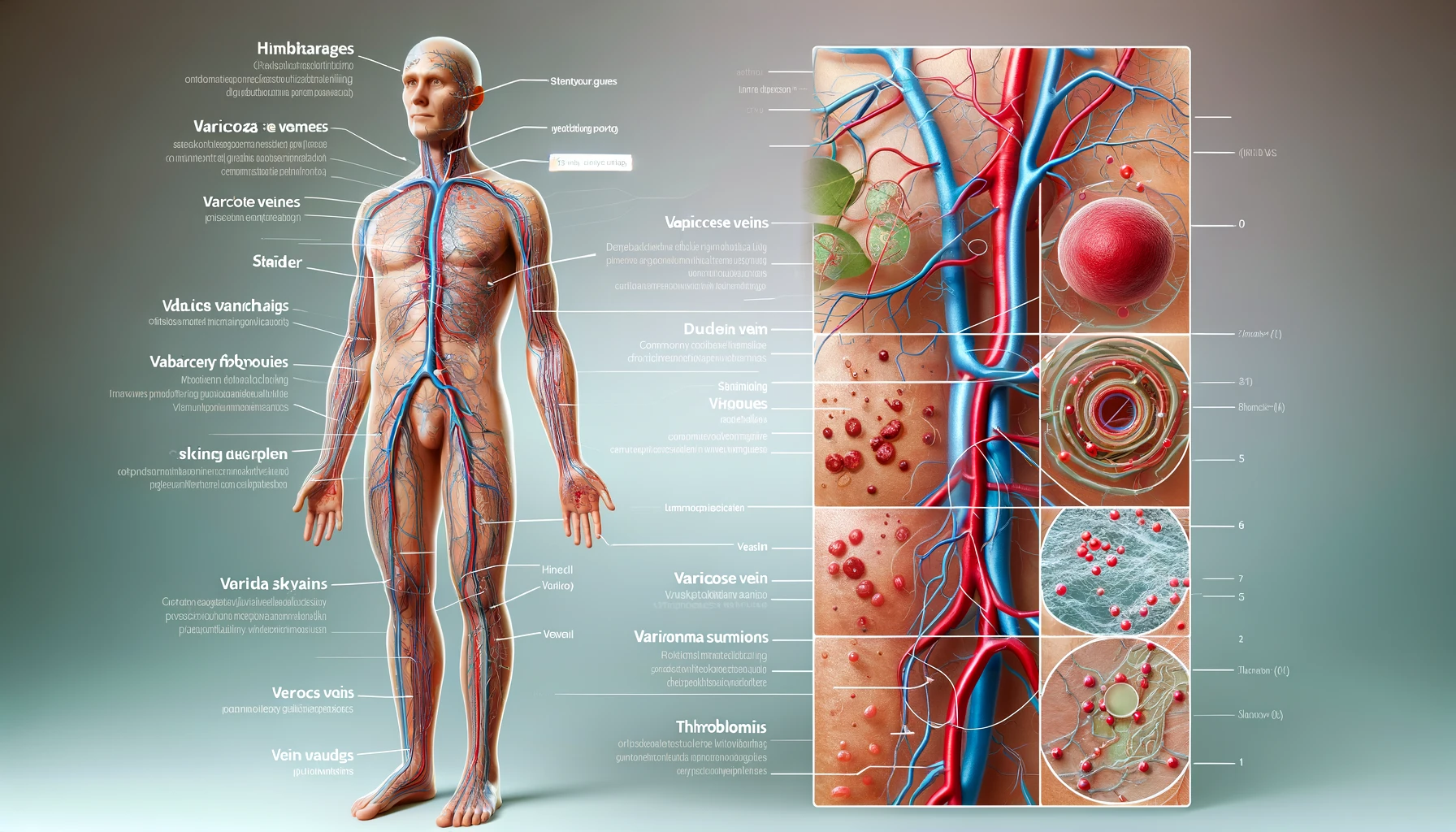The veins in your body are an essential part of your circulatory system. They carry blood back to the heart after delivering oxygen and nutrients to your body’s tissues. Although most vein issues are harmless, some can cause discomfort or indicate underlying health problems. Understanding common vein problems and how to manage them to maintain overall health and well-being is essential.
Spider Veins: Causes and Symptoms
Medically referred to as telangiectasias, spider veins are tiny, dilated blood vessels resembling spider webs or tree branches found near the skin’s surface. Though they can appear on the face and other body regions, they most frequently start on the legs. Even though spider veins are usually not harmful, they can occasionally produce pain, itchiness, or discomfort—especially after extended periods of sitting or standing. Long-term sun exposure, obesity, pregnancy, hormone changes, and genetics can all impact their development. Although individual symptoms may differ, visible clusters of red, blue, or purple veins are frequently present, along with slight discomfort or itching in the affected area.
Consulting a Vein Doctor
Consulting a qualified spider vein doctor is crucial if you’re experiencing bothersome symptoms associated with spider veins or other vein issues. A spider vein doctor, a phlebologist, specializes in diagnosing and treating vein disorders using advanced techniques and minimally invasive procedures. During your initial consultation, the doctor will comprehensively evaluate your veins, discuss your medical history, and recommend appropriate treatment options based on your needs and preferences. Treatment options may include sclerotherapy, laser therapy, or minimally invasive procedures like endovenous ablation to eliminate spider veins and restore healthy circulation.
Managing Spider Veins: Lifestyle Changes
If you are having spider veins, it is recommended that you consult a doctor who specializes in treating this issue. You can alter your lifestyle and obtain medical attention to manage spider veins and lessen discomfort. Maintaining a healthy weight by following a balanced diet and receiving regular exercise will help reduce pressure on your veins and promote blood circulation. Additionally, it is essential to avoid prolonged periods of sitting or standing. When resting, elevate your legs to prevent spider veins from worsening. Wearing compression stockings can provide additional support and improve blood flow in your legs. To maintain good vascular health, it is crucial to drink enough water, avoid excessive sun exposure, and refrain from smoking. These factors can exacerbate vein issues and compromise your overall health.
Understanding Varicose Veins: Causes and Symptoms
Varicose veins are bulging and swollen veins that appear as dark blue or purple bulges on the skin’s surface. These veins, typically found in the legs, can hurt or ache, among other discomforts, particularly after extended periods of sitting or standing. When the veins’ internal valves weaken, blood flows backward and builds up in the veins, leading to the development of varicose veins. Age, heredity, pregnancy, obesity, long periods of sitting or standing, and pregnancy all increase the risk of developing varicose veins. Although varicose veins are generally not a significant health concern, they can lead to complications such as skin ulcers or blood clots if left untreated. Medical consultation from a vein specialist is necessary for correct diagnosis and treatment.
Treatment Options for Varicose Veins
Varicose veins can be treated in several ways to reduce associated symptoms. Compression stockings, leg elevation, and consistent activity are easy ways to improve blood flow and lessen pain. Nonetheless, medical intervention can be required in severe cases. By obliterating or sealing up the troublesome veins, minimally invasive procedures like sclerotherapy, endovenous ablation, or laser therapy efficiently manage varicose veins. With little recovery time, these procedures can be completed as outpatients, enabling patients to return to their regular activities immediately. Depending on the patient’s demands and the severity of the condition, a vein specialist can advise on the best course of action. Varicose veins can improve overall vascular health and quality of life when detected early and treated appropriately.
Read Also: 4 Must-Try Metatarsalgia Exercises for Managing Foot Pain
Final Thought
Understanding common vein problems such as spider and varicose veins is essential for maintaining optimal vascular health. By recognizing the causes and symptoms of these conditions and seeking medical advice from a qualified vein specialist, individuals can access effective treatment options and alleviate discomfort.
Additionally, healthy lifestyle habits and preventive measures can help prevent vein issues from worsening and promote overall well-being. Remember to prioritize your vascular health by staying informed, seeking timely medical advice, and taking proactive steps to support healthy circulation and vein function.

